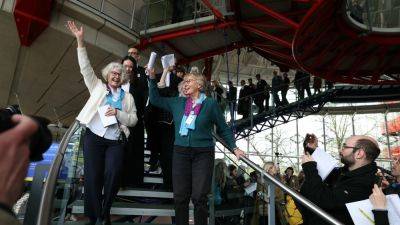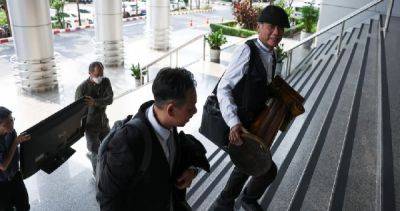Nepal’s traditional healers vow to preserve ‘secret and sacred’ indigenous knowledge even as climate change bites
When a patient visits Tsewang Gyurme Gurung’s clinic, he reaches for their wrist first.
His eyes are closed and his fingers move slowly as if he is shifting guitar chords, while examining for a pulse.
“When we do the pulse reading, we will be watching the frequency and amplitude of vital organs to find out if there are any imbalances,” Gurung explains. “The fingers are our tools, they’re the scanner to the body. Pulses are the messenger to the amchi from that body.”
The ancient practice of Sowa Rigpa is facing an existential crisis in Nepal. There are only about 200 amchi still practising in the country, according to the Sowa Rigpa Association, their numbers dwindling due to limited educational pathways and legal recognition challenges.
In his late-30s now, Gurung has been practising the Sowa Rigpa system of medicine since his childhood. He initially wanted to be a surgeon, but followed the path of traditional medicine after his elder brother showed little interest in continuing their family lineage.
Gurung said he learned about human anatomy and medicinal plants used for treatments from his father, Tshampa Ngawang Gurung. He was diagnosing patients when he was a teenager and is now an 11th-generation amchi based in the remote village of Jomsom, the district headquarters.
Sowa Rigpa, commonly referred to as traditional Tibetan medicine, derives its knowledge from centuries-old texts that have been passed on from generations of healers. They studied the human body in detail, while also documenting hundreds of plant species that are used to treat ailments, ranging from coughs and fevers to more severe illnesses.
At his clinic in Jomsom Bazaar, housed on the ground floor of his Dancing Yak Hotel, Tsewang Gyurme unwraps a text







